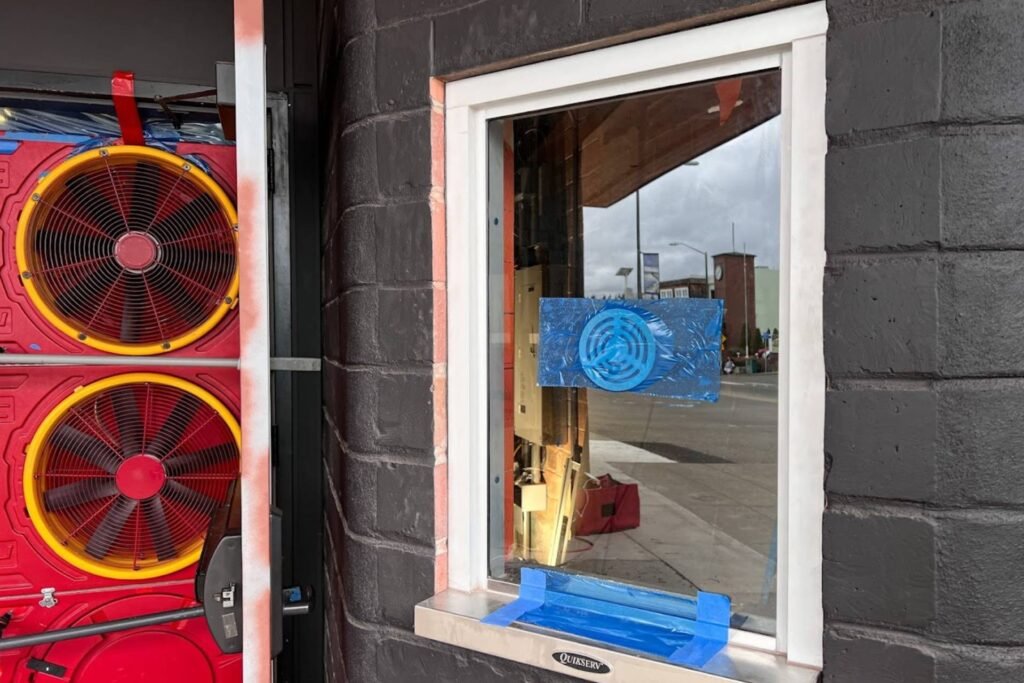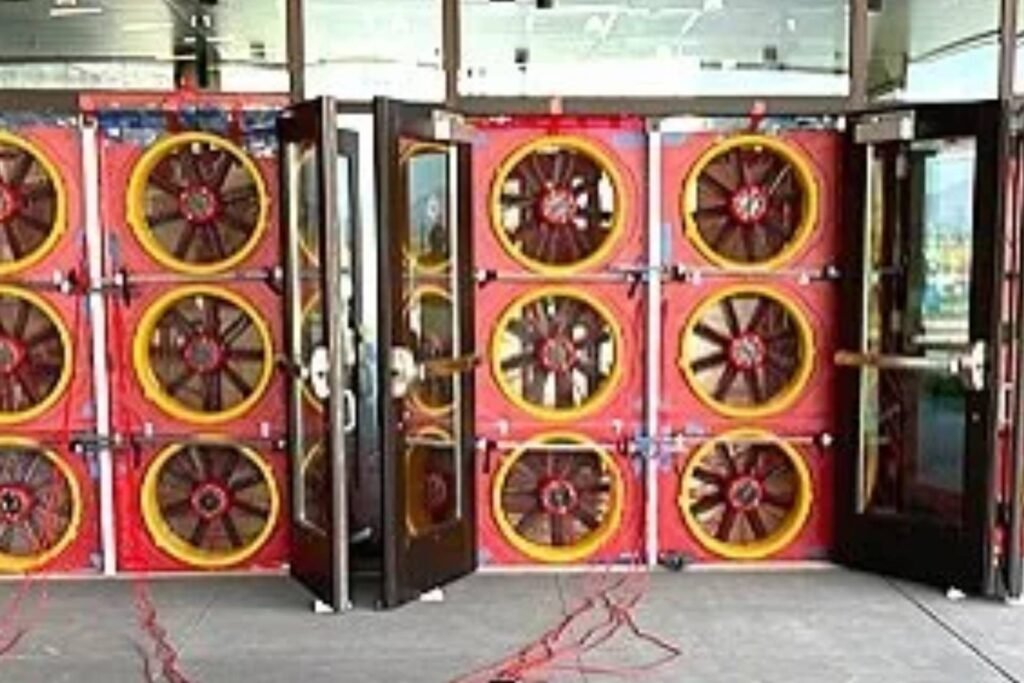News

Are Buildings Improving With Energy Codes
It’s no secret that green building practices and energy efficiency are on top of many…

Whole Building Air Tightness Testing...

Hiring the Right Company / Technician...

PAE Living
Building

Hobson Place Apartments Seattle WA...

Port of Portland/ Portland International Airport...

REI Spring District in Bellevue, Washington...
QED Lab recently completed both the AAMA Accredited Window Testing required (ASTM E1105 per AAMA 503) and Whole Building Air Barrier Testing (ASTM E779) at the REI Spring District building in Bellevue, Washington

Osu Cascades Residence Facility
We were proud to be a part of window testing at another project for OSU Cascades, this time it was for the new Residence Facilities. A sprawling building, that the students are already flocking to.
We appreciate the mention of involvement by the Cascade Business News in their most recent article. You can read all about this excellent new addition to the OSU campus here.

Top Project
Awards
The Vancouver Business Journal awarded their annual “best of” construction projects and we were happy to have been involved in seven of them. We are proud to have been part of the following award winning projects; Banfield Headquarters, The Hudson, Candlewood Suites, The Children’s Center, Clark College, Columbia View and CTC Lofts.

OMSI Central
Coast

Park Avenue
West

